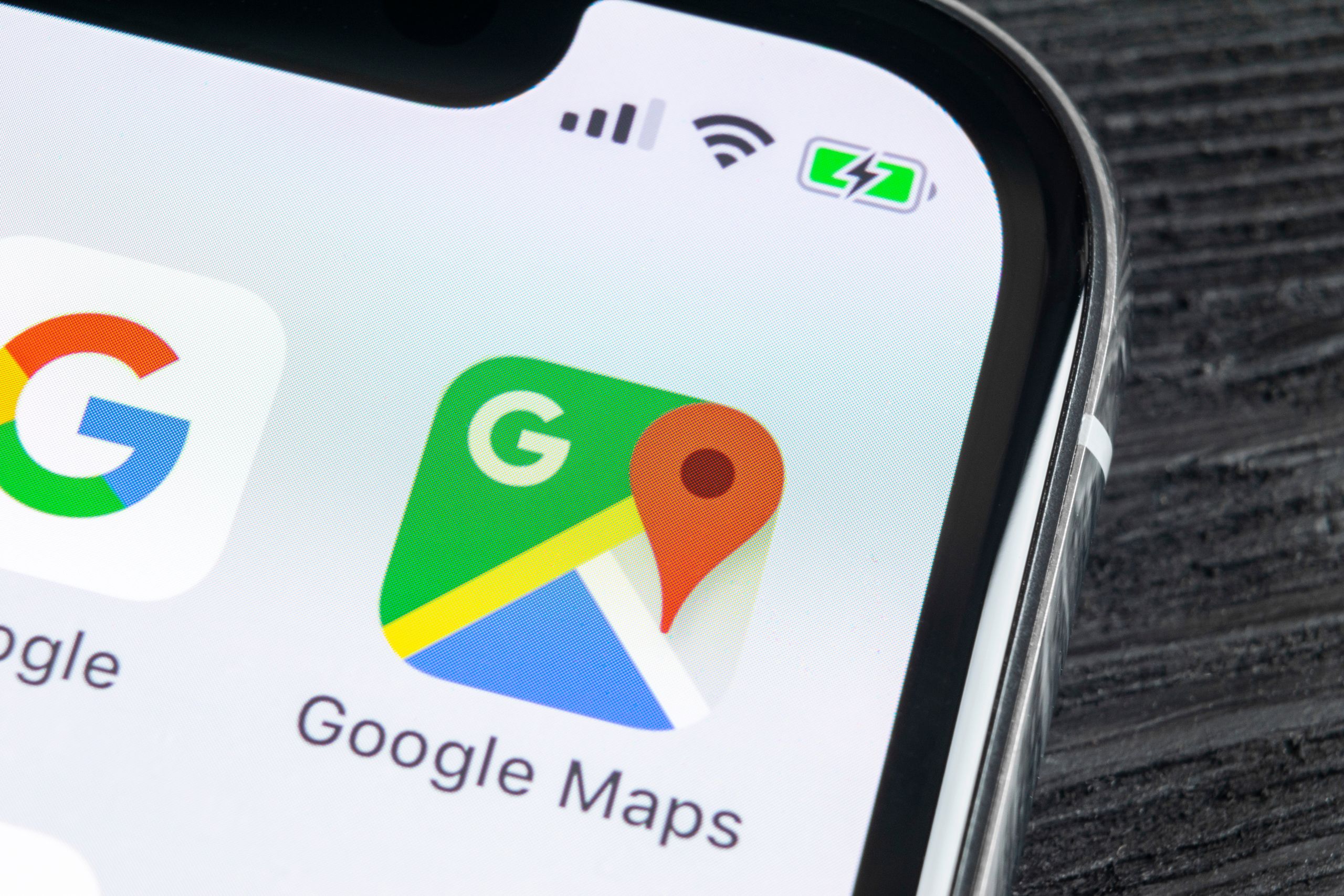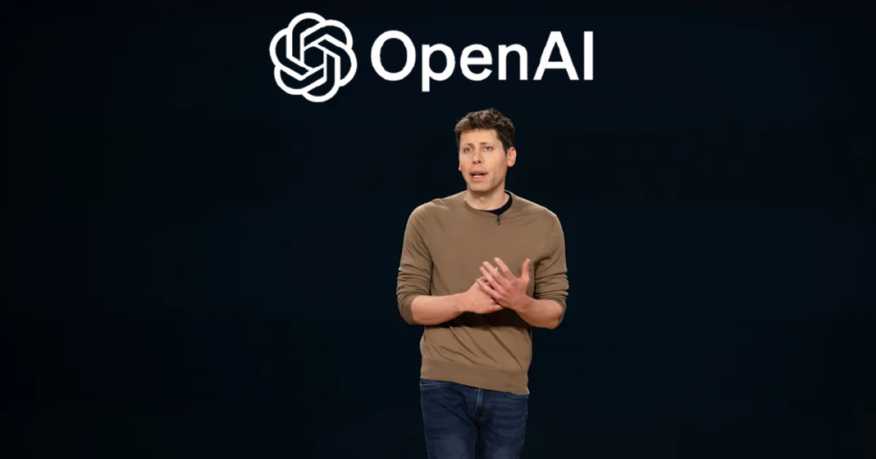Copyright Tom's Guide

Google Maps is rolling out a new feature, specifically for developers, which could see a rise in map-based AI apps and tools. This update will allow developers (and anyone with some coding experience) to develop interactive map-based prototypes. This would all be done via prompt-based descriptions and could have a variety of use cases. For example, you could ask for a map that visualizes real-time weather events in your hometown, or create a GeoGuessr-style game using clips from Google Maps. Currently, this feature will generate code, but you will have to upload it separately. It is likely that this capability will later become available within Google Maps or Gemini (the AI tool powering this technology). Google has been making a move to make its Maps data more accessible to developers for some time. Back in early October, Google announced that it would be providing the ability for developers to use Google Maps to ground their apps in up-to-date geospatial data. In other words, developers can connect their apps to Google’s map data, including restaurant reviews, road layouts, directions, and more. According to TechCrunch, Google has since announced a feature called Grounding Lite, allowing AI models to connect to Google Maps data and use it within their models. For example, being able to ask ChatGPT, Gemini, or a similar model where the nearest shop is, or how long it would take to get to a hospital. More importantly, this could allow for Google Maps integration in AI models. By doing this, users would be able to prompt AI models on questions like “show me the best bakeries near me” and receive an interactive Google Map as a response. What does this mean for you? These features being rolled out are targeted at developers, looking to develop map-based AI products or to integrate Google Maps into existing chatbots. Currently, that doesn’t mean anything interesting for the average person. However, it opens the doors for more integration of maps into everything we do. It could mean more interesting map-based apps. More importantly, we could soon start to finally see Google Maps built into AI chatbots. This could open up a huge new world of functionality, especially with the movement of AI agents and browsers, allowing for more actions to be made by AI models. A large push of Gemini features was recently rolled out across Google Maps. This included the ability to get more in-depth information on Maps' destinations via voice prompts, better traffic descriptions, and in-depth directions based on landmarks. Follow Tom's Guide on Google News and add us as a preferred source to get our up-to-date news, analysis, and reviews in your feeds. More from Tom's Guide



